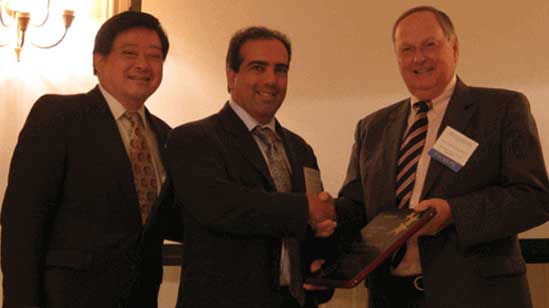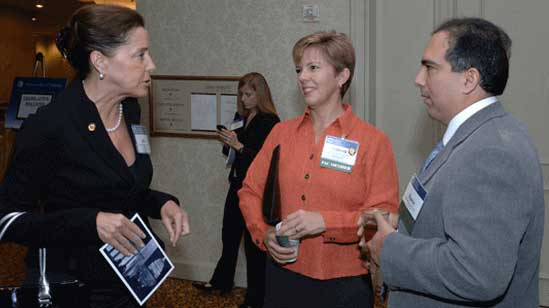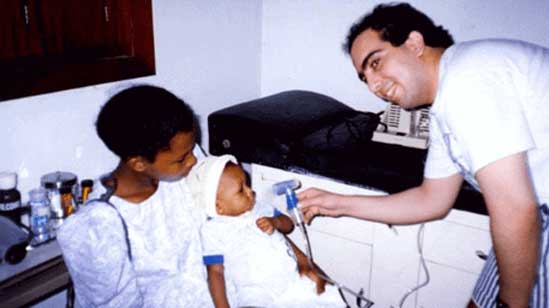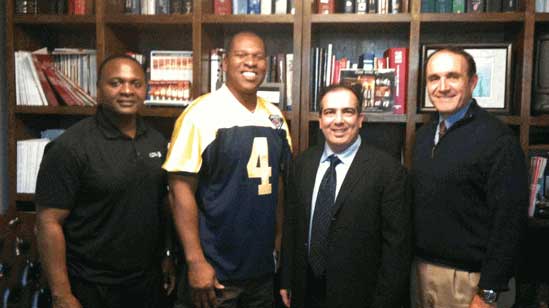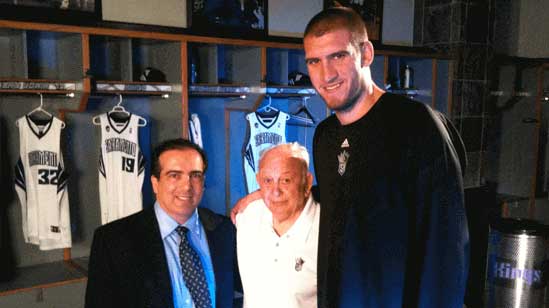Coronary Artery Spasm
Coronary Artery Spasm
Coronary artery spasm is a type of angina. It is also called vasospastic, variant, or Prinzmetal angina. Angina is any sudden narrowing of a blood vessel in the heart. It reduces or prevents blood flow to part of the heart. This lessens the amount of oxygen the heart receives. Mild coronary artery spasms often cause pain. More severe spasms can lead to irregular heartbeat. They can even cause heart attack and sudden death. This sheet tells you more about coronary artery spasm. It also explains how the condition is diagnosed and treated.
How Coronary Artery Spasm Differs from Other Anginas
This condition differs from other types of angina in key ways. To start, other types of angina most often occur when the person is active. And they tend to occur in people with coronary artery disease, or CAD. (With CAD, arteries in the heart have a buildup of a fatty substance called plaque.) Coronary artery spasm most often occurs when the person is resting. In fact, it typically occurs at night during sleep. Also, it tends to occur in younger patients with only minor plaque buildup in arteries in the heart.ÂÂ
Symptoms of Coronary Artery Spasm
The main symptom is a squeezing, crushing, or burning feeling in the chest. It is temporary, often lasting 5 to 30 minutes. Loss of consciousness may also occur. In some cases, there are no symptoms (a "silent" spasm).
Risk Factors for Coronary Artery Spasm
Risk factors are things that make you more likely to have a certain condition. Coronary artery spasm has several key risk factors. These include:
High blood pressure
High cholesterol
Smoking
But coronary artery spasm often occurs in people without these risk factors.
Triggers for Coronary Artery Spasm
Triggers are things that can prompt a spasm to occur. These can include:
Diagnosis of Coronary Artery Spasm
The doctor will take a health history and ask you to describe your symptoms. You'll have a physical exam. And certain tests may be done. These include:
Coronary angiography.  This is a special type of x-ray. It creates pictures of your coronary arteries. These pictures show any narrowing or blockage in these blood vessels.
Electrocardiogram (ECG or EKG).  This test records the electrical activity of your heart. An ECG can detect a problem with your heart rhythm that reveals coronary artery spasm.
Treatment of Coronary Artery Spasm
There are two main types of treatment for coronary artery spasm.
If you are prescribed these or any other medications, follow your doctor's instructions on how and when to take them.
Lifestyle changes  can also help prevent spasms. Start by avoiding the triggers listed above. Also, talk to your doctor about what you can do to reduce your risk of CAD. This may include an improved diet and an exercise plan. If you smoke, your doctor will talk with you about ways to stop.
Signs of a Heart Attack
Because of your risk, you need to watch for signs of heart attack. Don't be afraid to call 911, even if you're not sure you are having a heart attack. Following are the most common symptoms of heart attack:
Pressure, squeezing, or pain in the center of your chest, neck, jaw, shoulders, arms, or back
Severe shortness of breath
Dizziness or faintness
Nausea and vomiting
Rapid or irregular heartbeat
Sweating
Other possible symptoms that occur more often in women include:
Abdominal pain
Heartburn
Clammy skin
Severe tiredness
Anxiety
ÂÂ
© 2000-2009 The StayWell Company, 780 Township Line Road, Yardley, PA 19067. All rights reserved. This information is not intended as a substitute for professional medical care. Always follow your healthcare professional's instructions.

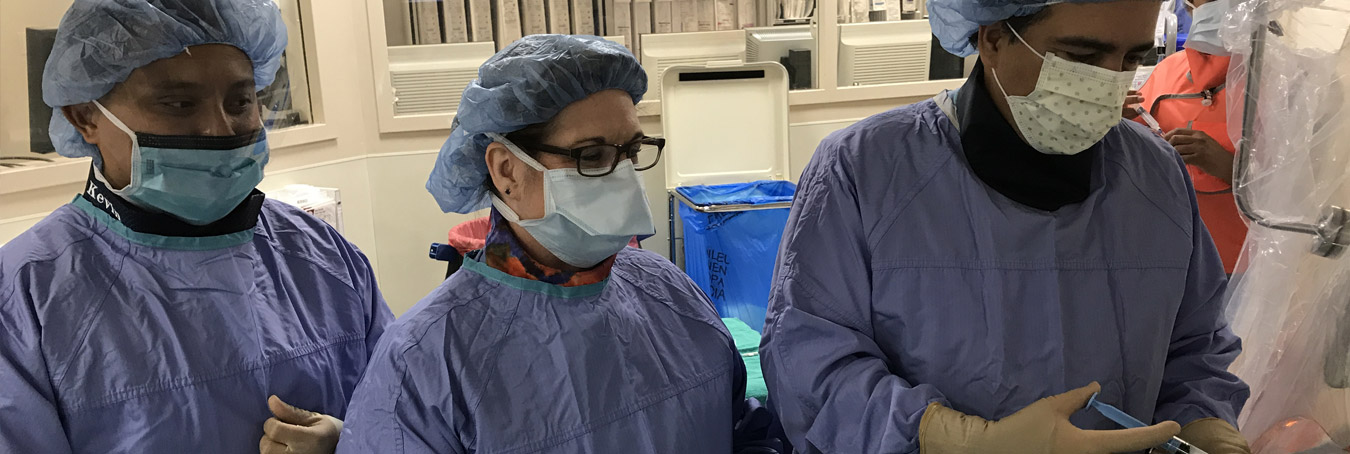




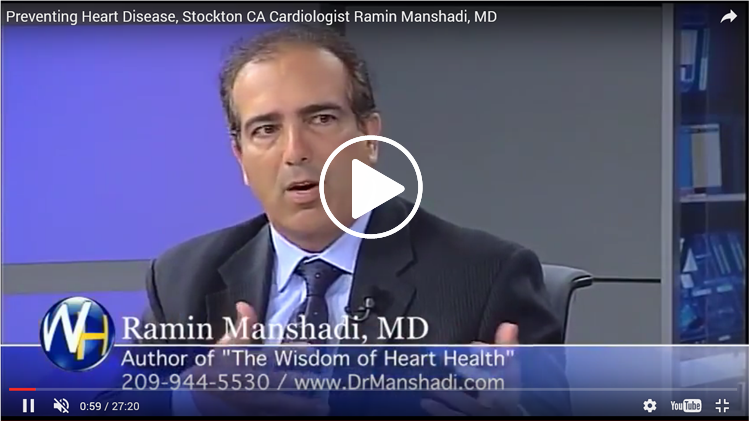
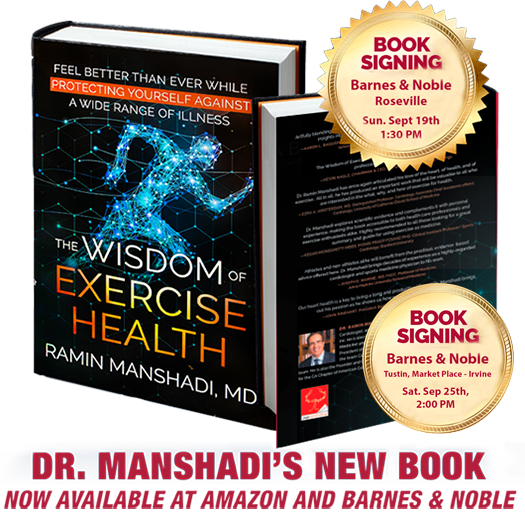
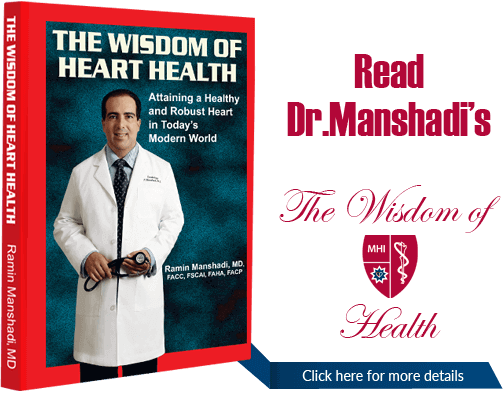
 Click Here for More Details
Click Here for More Details
